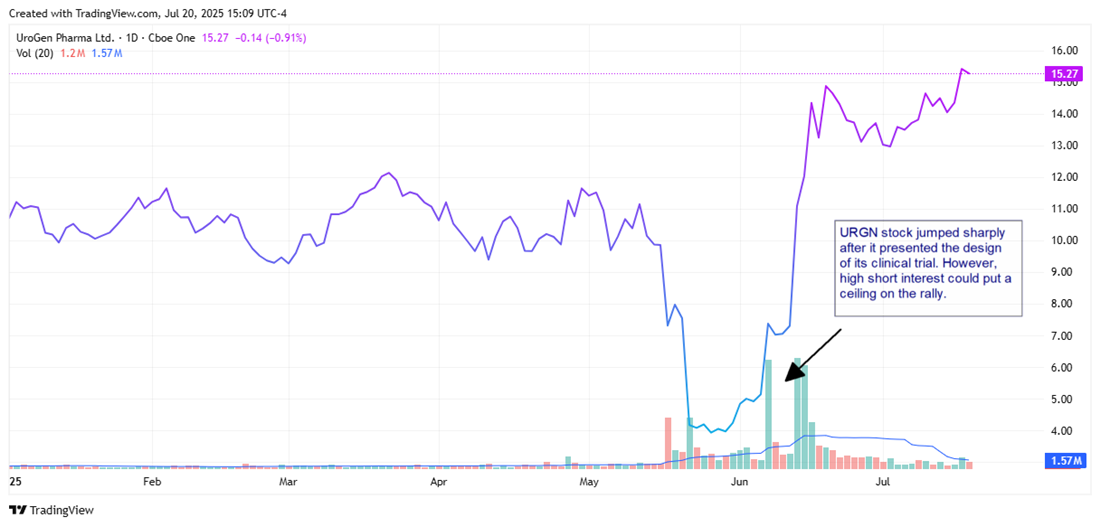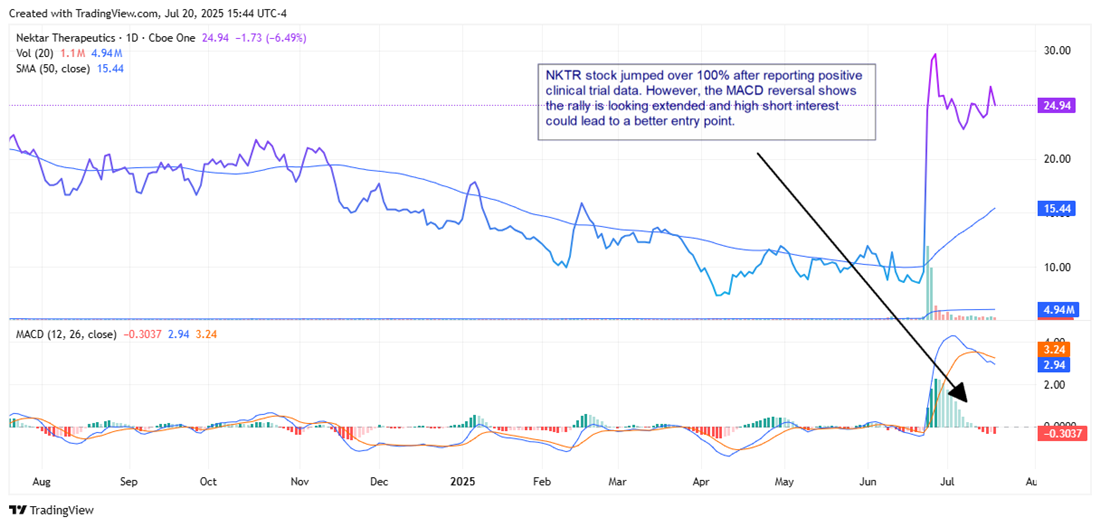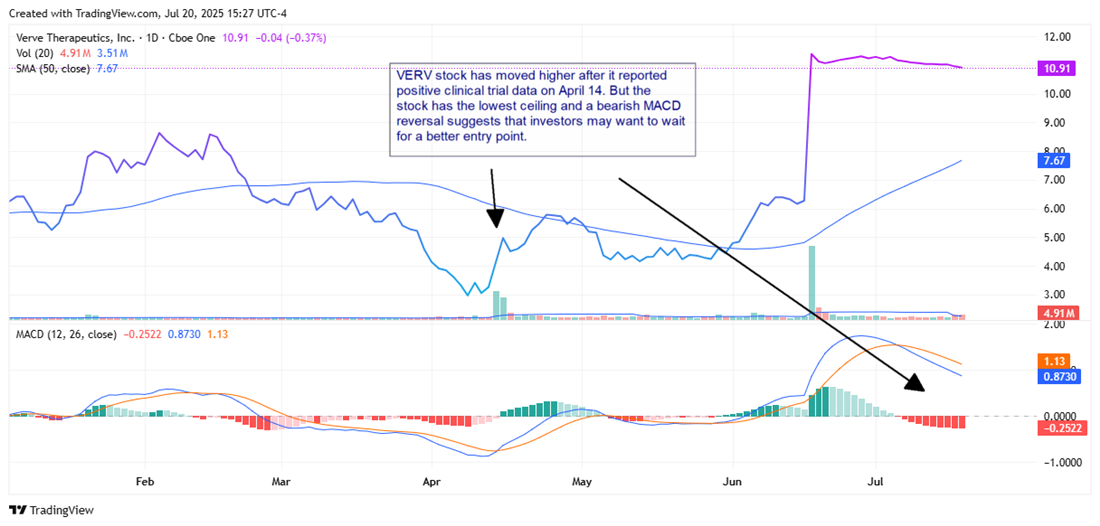A message from our parters at Brownstone Research Dear Reader, Back in 2010, one of the wildest events in the stock market’s 233-year history took place. Nearly $1 trillion vanished from the market in just 36 minutes. And then — as if nothing happened — everything snapped back. Even 15 years later, analysts still call it the “Flash Crash.” At the time, headlines blamed a typo. A one-off glitch caused by some poor trader at Citibank. A few months later the government released an all-out investigation… and then quietly moved on. But not everyone moved on. Larry Benedict never bought the typo narrative. He still doesn’t. So I flew out to meet Larry at his private trading office to hear firsthand what he uncovered. What he shared shocked me. You may recognize the name — Larry was featured in Hedge Fund Market Wizards, alongside trading legends like Ray Dalio and Joel Greenblatt. He’s spent more than four decades on Wall Street, including the year when he made $95 million for his fund during the 2008 crash. And to this day, he believes what happened in 2010 wasn’t a fluke. In fact, Larry says the same invisible force that made $1 trillion disappear in 2010… is now showing up again. And it’s happening inside one stock with arguably the most controversial CEO in the world: Elon Musk’s Tesla. And Larry’s not just saying this… He’s tracked every move the stock has made over the past five years and 1,200+ trading days. Every tick. Every spike. Every collapse. And he claims what he found “will send chills down every retail trader’s spine”... A strange, recurring anomaly that hits without warning — and almost never makes the news. It’s subtle and invisible to the naked eye. But when it strikes, he’s personally seen it wipe out $25 billion… $50 billion… and even over $100 billion from Tesla’s market cap in an instant… Only for the stock to suddenly explode in price hours later… with zero headlines to explain why. Larry calls this phenomenon the “Tesla Glitch.” And he claims he has the smoking gun to prove it’s tied directly to the same structural flaw that rattled the entire market 15 years ago. The story was so wild, he agreed to sit down with me for an exclusive interview. In it, he explains exactly how the “Tesla Glitch” works, how to capitalize on it, and exactly when it’s set to strike again. Click here to see how to get in on this before the next “Glitch” happens! Sincerely, Jeff Brown
Founder & CEO, Brownstone Research
For Your Education and Enjoyment 3 Bullish Biotech Stocks With Explosive Growth TrendsWritten by Chris Markoch 
Key Points - URGN stock is up sharply on Phase 3 bladder cancer trial data and could double if label expansion for Jelmyto is approved.
- Nektar stock is rebounding after positive Phase 2 lupus data and an extended cash runway from recent cost-cutting.
- VERV stock is advancing a one-time gene editing therapy for heart disease with U.S. trials underway and analyst upside still intact.
Investing in biotechnology stocks is similar to the drug development process itself. That is, investors frequently experience long periods of nothing much happening, interrupted by periods of sharp movement. This is particularly true of small-cap biotech stocks. In many cases, these are unprofitable companies with little to no revenue. However, these are also the companies that can provide the highest return for risk-tolerant investors. The risk with these stocks is that the company can deliver poor clinical trial results. In some cases, promising medicine never gets through the rigorous Food & Drug Administration (FDA) process. Even if they do, there’s always the risk of competitors getting to market faster. MarketBeat has made it easier for investors to manage the risk in biotech stocks with its new FDA Events tool that allows investors to stay on top of critical catalysts for these stocks. That information, combined with bullish analyst sentiment, can point you to stocks that may be ready for a breakout. Here are three small-cap biotech stocks to consider. Precision Drug Delivery for Urologic Cancers UroGen Pharma Ltd. (NASDAQ: URGN) is a small-cap biotech company focused on treating urologic cancers and diseases. The company’s flagship drugs, Jelymyto and Zusduri, feature UroGen’s proprietary RTGel technology. This allows the drugs to stay in the urinary tract longer, which can improve their efficacy. UroGen stock is up approximately 43% in 2025 as the company has applied to expand the Jelymyto label to include low-grade bladder cancer. This would significantly expand the drug’s addressable market to include the 6th most common cancer in the United States. Phase 3 trial results are due in the second half of 2025. The UroGen analyst forecasts on MarketBeat give URGN stock a $32.86 price target, a gain of over 115% from its closing price on July 18. Investors should note that much of the stock’s aggressive price movement in the last three months is likely due to short covering. Over 42% of the URGN stock float is sold short, which could keep gains in check until a new catalyst exists. 
A Comeback Play With Focused Pipeline and Partnerships Nektar Therapeutics (NASDAQ: NKTR) is an example of why investing in biotech stocks carries significant risk. Even after a 78% gain in 2025, NKRT stock is still down over 93% in the last five years. The stock slide is largely due to several high-profile clinical trial failures. However, investors are bullish about the company’s latest candidate for treating systemic lupus erythematosus and ulcerative colitis, among other conditions. The company delivered positive Phase 2b clinical trial results, which also resulted in a Fast Track designation from the FDA. The Nektar Therapeutics analyst forecasts on MarketBeat have an $88.33 consensus price target on the stock, a 254% increase from its closing price on July 18. However, a pullback is likely with NKTR stock up over 100% in the last 30 days. Short interest is around 10% and has jumped over 104%. On the other hand, after a series of asset sales and cost reductions, the company has extended its runway to get its drugs through the clinical trial process. 
Using the Promise of Gene Editing to Prevent Heart Disease Gene editing is one of the most tantalizing fields of study in the biotech sector. Verve Therapeutics (NASDAQ: VERV) is at the forefront of using gene editing to treat cardiovascular disease. Verve is still a clinical-stage company, so its product revenue is primarily from partnerships and equity offerings. However, the company was approved for a Phase 1b U.S. clinical trial for its lead candidate, VERVE-102, in early 2025. This is a CRISPR-based editing therapy designed for one-time use. The drug targets the PCSK9 gene that drives high cholesterol and atherosclerosis. Unlike the other two stocks on this list, VERV stock has the lowest ceiling. Analysts have a consensus price target of $14.57 on the stock. That's still a 33% upside, but that’s significantly lower than the potential in the other two stocks. Analysts are likely considering the long-term nature of clinical trials. However, it’s worth noting that short interest has dropped over 30%, which is typically a sign that bearish sentiment is waning. 
|